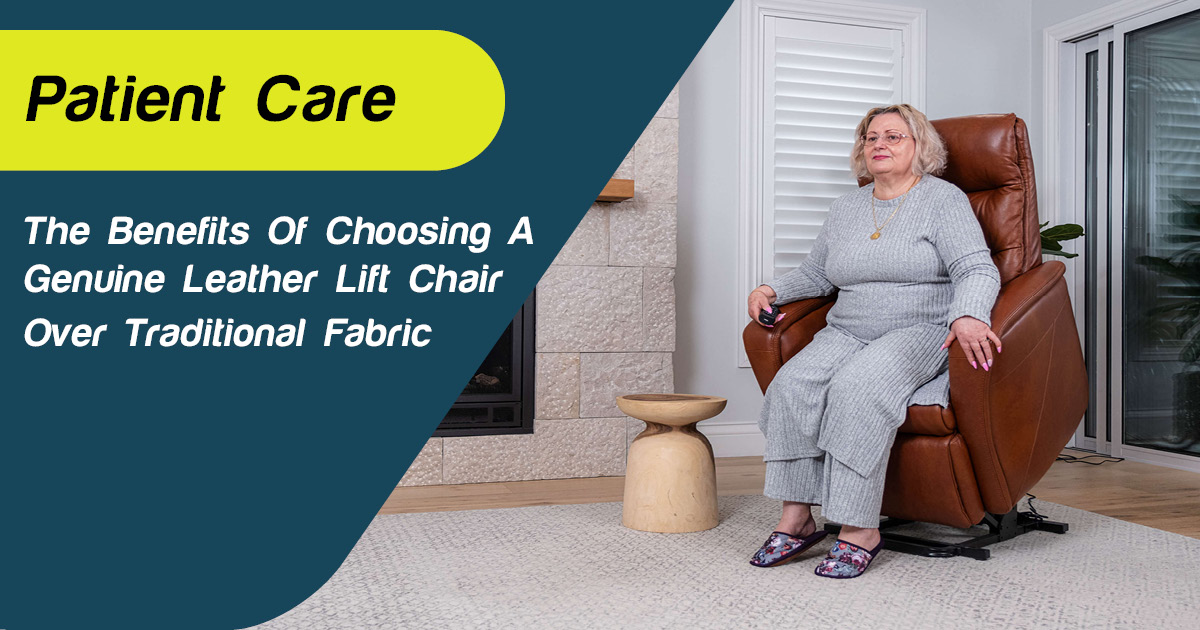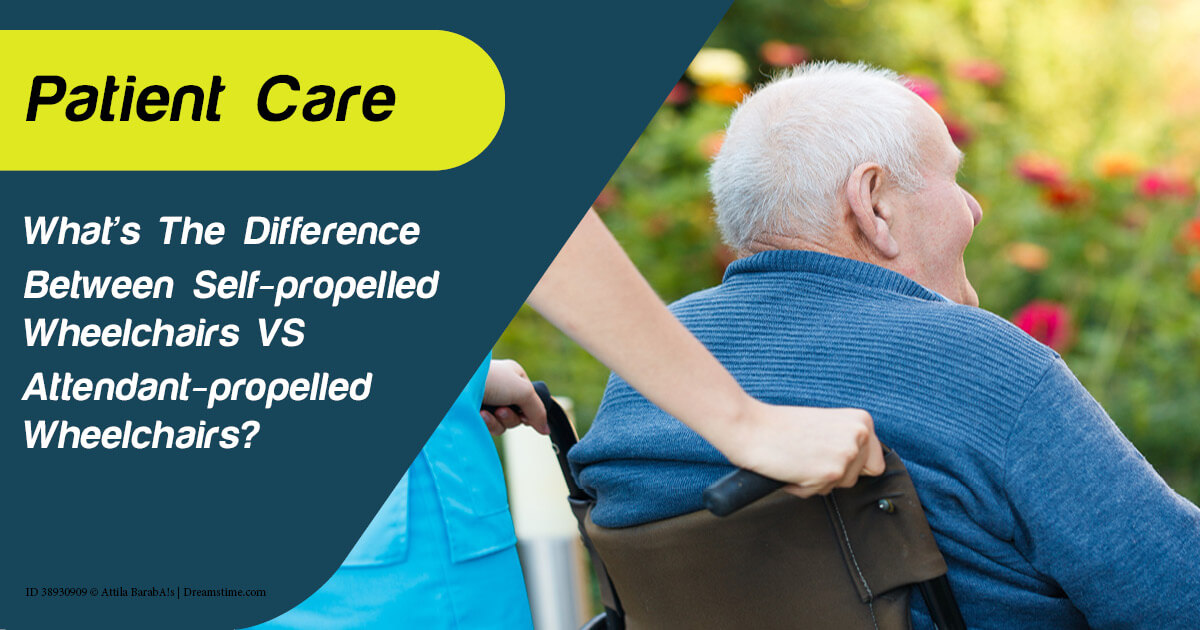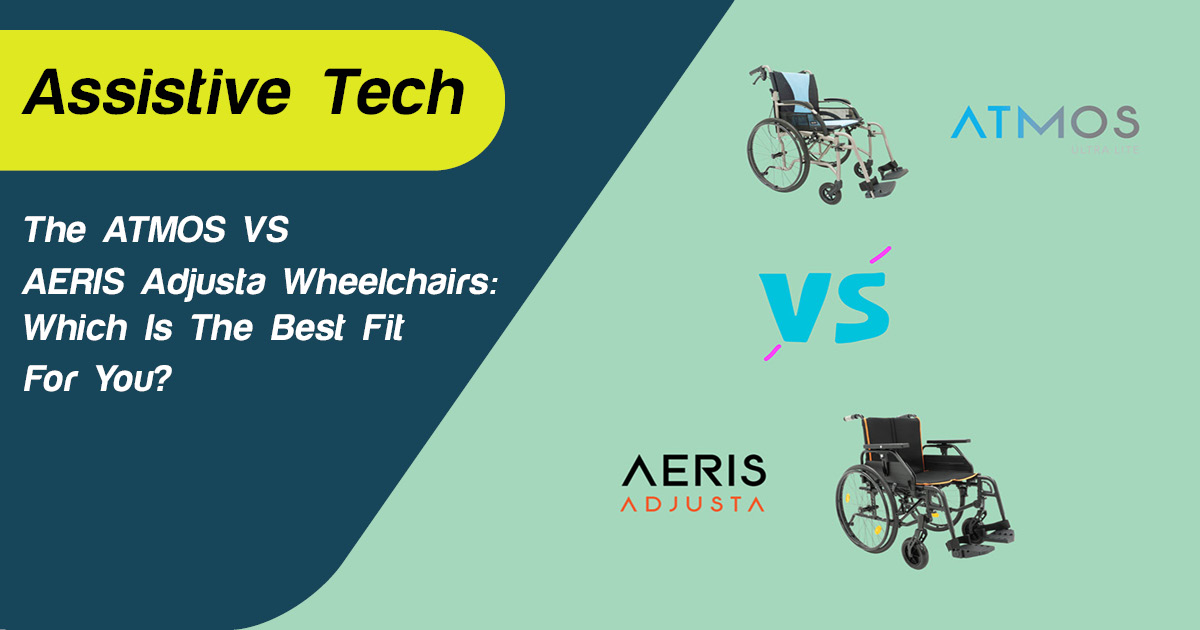
Share
Post-fall management in aged care is important for the health and well-being of your client. Here, we explain the next steps for their safety.
As the Australian population ages, the issue of falls and their impact on older individuals receiving aged care services has become increasingly important. According to a study on aged care, 47.7% of respondents experienced a fall the previous year. It was also found that aged care clients had a 50% higher fall rate than similar-aged individuals not receiving these services.
These numbers emphasise the need for effective post-fall management in aged care facilities across Australia.
Before delving into post-fall management in aged care in this article, it's important to understand the risks associated with falls in older Australians. Factors like reduced muscle strength, balance disorders, cognitive impairment, and environmental hazards contribute to the increased risk of falls in this population.
Recognising these risks is the first step in preventing falls and managing the consequences.
So, if a resident falls, what should you do? Here, we highlight some crucial steps to ensure the client is well cared for and recovers as they should.
IF A PATIENT FALLS, WHAT DO YOU DO FIRST?

The immediate response to a fall is critical. Here's what support workers should do.
- Stay Calm and Assess the Situation: Remain calm and approach the client slowly, reassuring them. Assess the situation without moving the individual unless they are in immediate danger.
- Perform a Basic Assessment: Check for consciousness, speaking ability, and visible injuries. If the client is in pain, unable to move, or has hit their head, seek medical assistance immediately.
- Help to a Safe Position: If there are no serious injuries and the client can move, assist them to a comfortable and safe position, preferably seated or lying down, while you wait for medical help.
Lifting a client after a fall is a delicate process that should be done carefully to avoid further injury to the client or the support worker. If the client is not seriously injured and you have determined it is safe to move them, always call for assistance. It is best to have at least two people to help lift someone safely.
Explain to the client what and how you will do it. This will help reduce their anxiety and allow them to cooperate as much as they are able.
If a gait belt is available, it can be placed around the client’s waist to provide you with a secure way to hold onto them as they stand. Alternatively, use a patient lifting hoist to lift them off the floor onto a stable surface.
- Post-Lift Assessment: Once the client is seated, assess them again for any discomfort or injury and monitor for any changes in their condition.
POST-FALL ASSESSMENT IN AGED CARE

Post-fall assessment in aged care is necessary to identify any injuries and underlying health issues that may have contributed to the fall.
- Physical Examination: A healthcare professional should perform a physical examination, including checking for fractures, bruises, and the resident's range of motion.
- Diagnostic Tests: Depending on the fall's severity, diagnostic tests such as X-rays, CT scans, or MRIs may be required to rule out fractures and other internal injuries.
- Review Medications: A review of the resident's medications should be conducted to determine if any could have contributed to the fall, such as those that cause dizziness or hypotension.
DEVELOP A POST-FALL CARE PLAN
Post-fall management in aged care includes developing a personalised care plan to address the specific needs of the resident.
- Rehabilitation: Rehabilitation may involve physical therapy to improve strength and balance, occupational therapy to assist with daily living activities, and speech therapy if there has been a cognitive impact.
- Fall Prevention Strategies: Implementing fall prevention strategies is essential. This may include environmental modifications, such as removing tripping hazards, improving lighting, and installing grab bars and handrails.
- Monitoring and Follow-Up: Regular monitoring and follow-up appointments are important to assess recovery progress and adjust the care plan.
TRAINING & EDUCATION
Educating staff and residents about fall risks and prevention is a key component of post-fall management.
- Staff Training: Staff should be trained in post-fall management in aged care, early identification of fall risk factors, and proper post-fall response.
- Client Education: Residents should be educated on reducing their fall risk, including wearing proper footwear, using assistive devices correctly, and doing balance exercises.
EMOTIONAL SUPPORT & COUNSELLING
Falls can be traumatic, leading to fear of falling again and reducing a resident's activity level and quality of life.
- Psychological Assessment: A psychological assessment may be necessary to address any fear or anxiety resulting from the fall.
- Counselling Services: Providing access to counselling services can help residents cope with the emotional aftermath of a fall.
DOCUMENTATION & REVIEW
Accurate documentation of the fall and the post-fall management process is essential for legal reasons and for improving fall prevention strategies.
Record the time, cause, and any witnesses to the fall. Use the report to analyse fall patterns or potential systemic issues, and regularly update the care plan to reflect the resident's current needs.
Keep family members informed about care plan changes and progress!
OTHER CONSIDERATIONS TO PREVENT FALLS

Preventing falls in aged care facilities is a critical aspect of ensuring the safety and well-being of clients. For example:
- Remove Hazards: Keep floors clear of clutter, cords, and any obstacles that could cause tripping.
- Improve Lighting: Ensure that living spaces are well-lit, including installing night lights in bedrooms, hallways, and bathrooms.
- Install Grab Bars and Handrails: Place these strategically, like bathrooms, hallways, and staircases.
- Wearable Alarms: Provide wearable alarms that residents can use to alert staff if they fall or need assistance.
- Bed and Chair Alarms: Use sensor mats that alert staff when a resident at high risk for falls attempts to stand up without assistance.
WE OFFER POST-FALL MANAGEMENT PRODUCTS TO ASSIST IN AGED CARE SERVICE
A comprehensive fall management strategy is essential in aged care. Identifying risk factors, assessing and managing patients after a fall, and implementing environmental interventions are critical.
Integrating bedside safety products, fall detection systems, alarms, hip protectors, and walking aids can also significantly enhance the safety and well-being of aged care clients. By aligning with best practices and policies, these products contribute to creating a safer living environment and promoting effective post-fall management.
You can find all these products online with Active Mobility — shop online to make your centre safer for residents.









